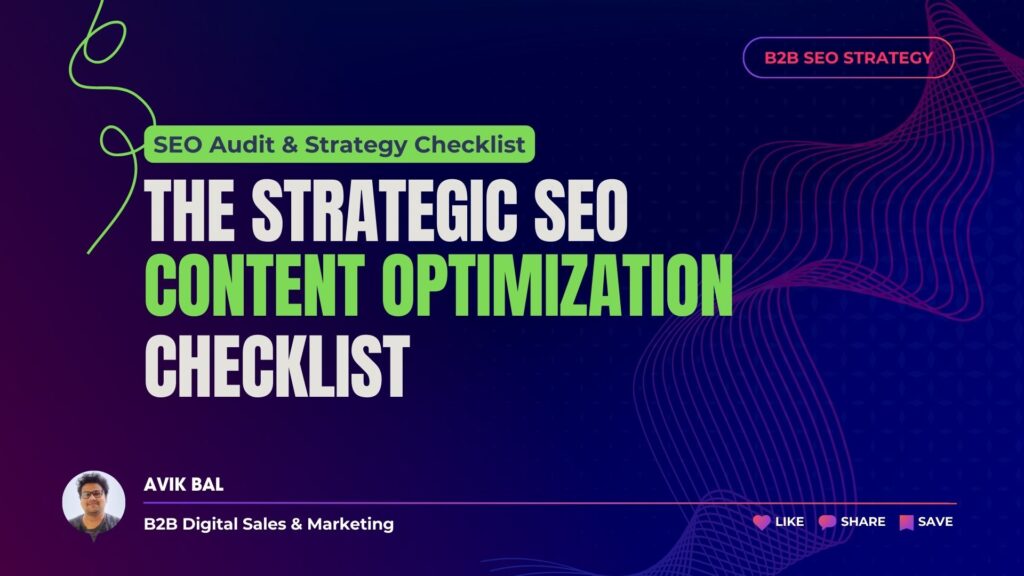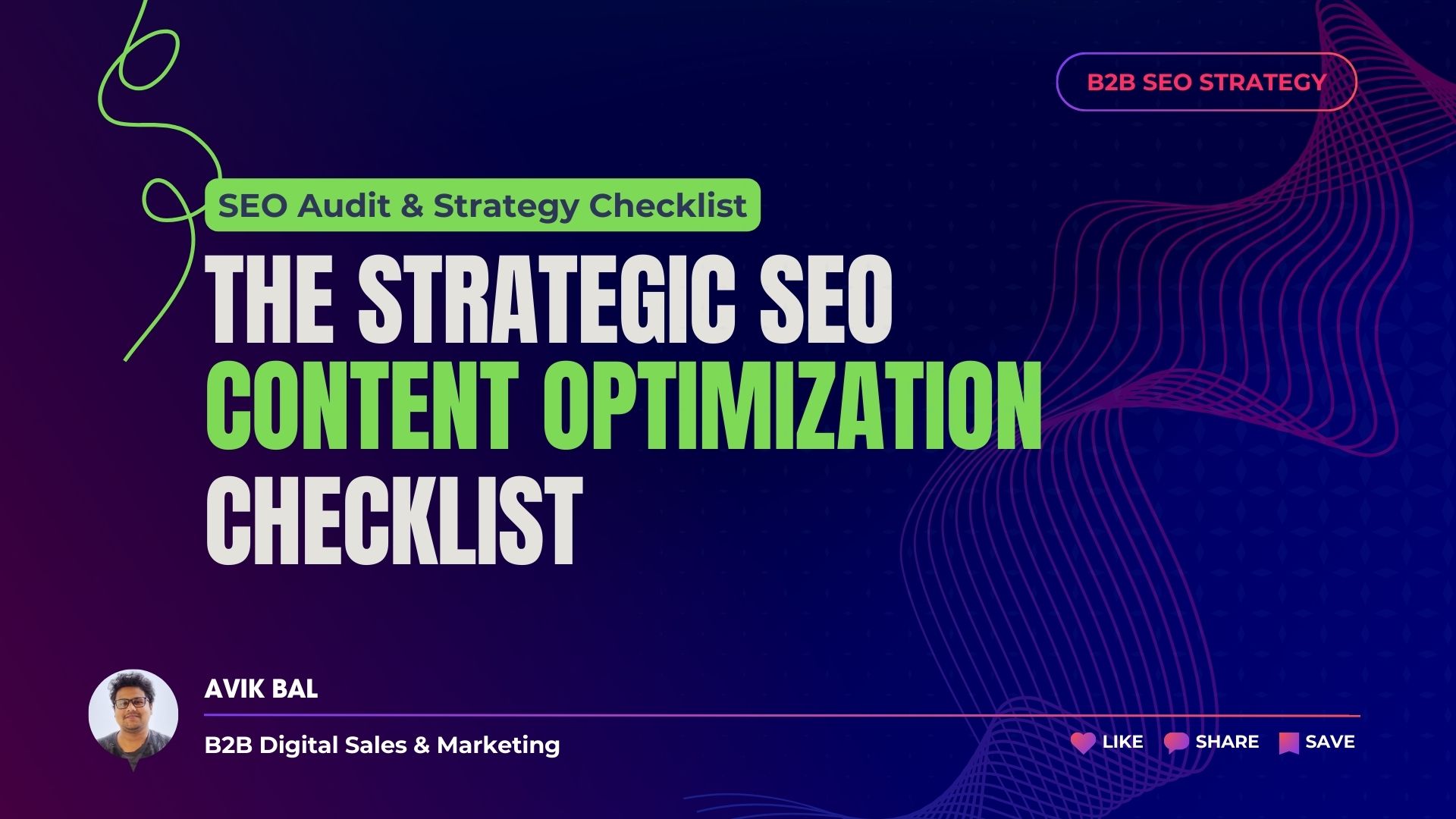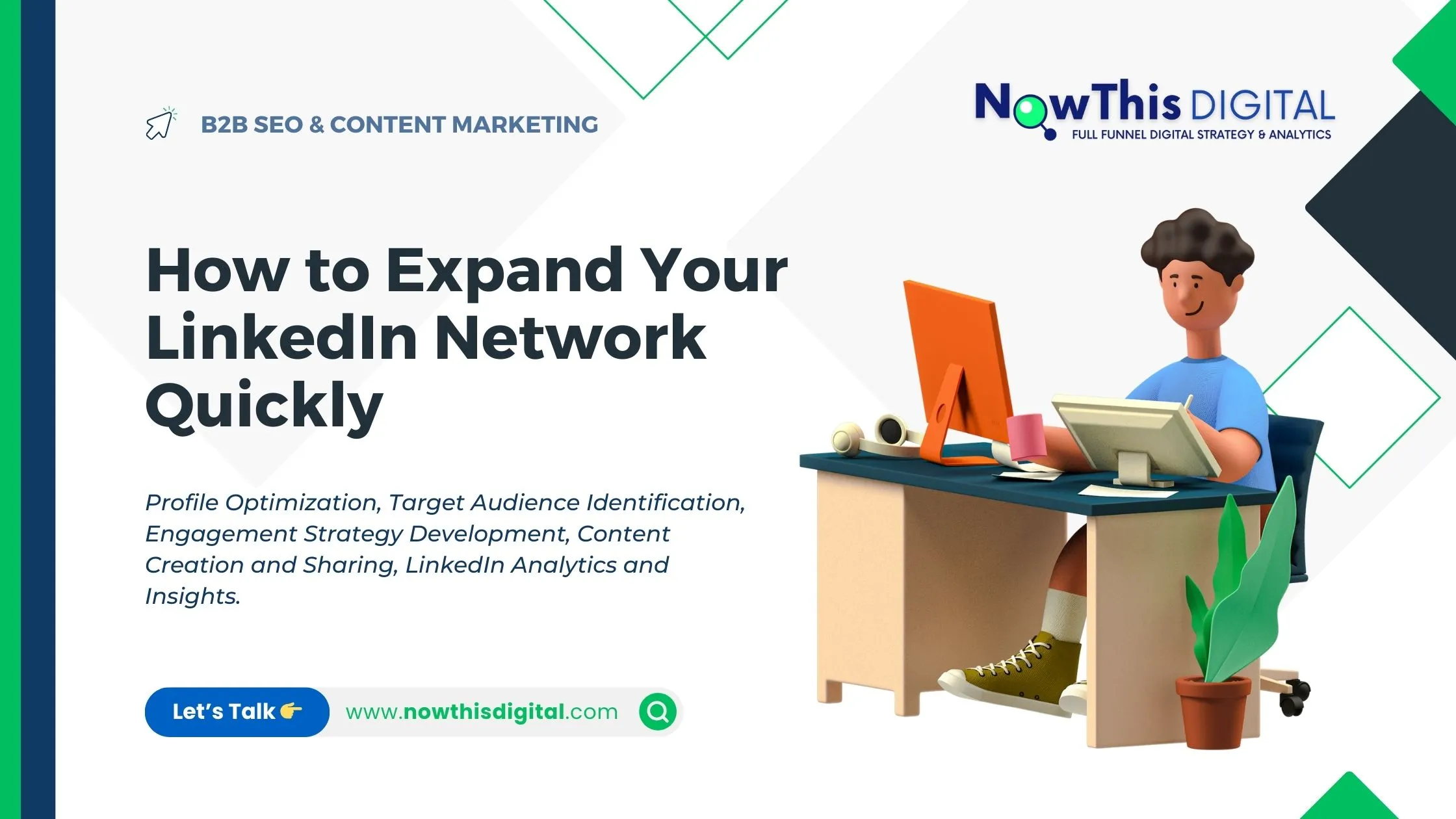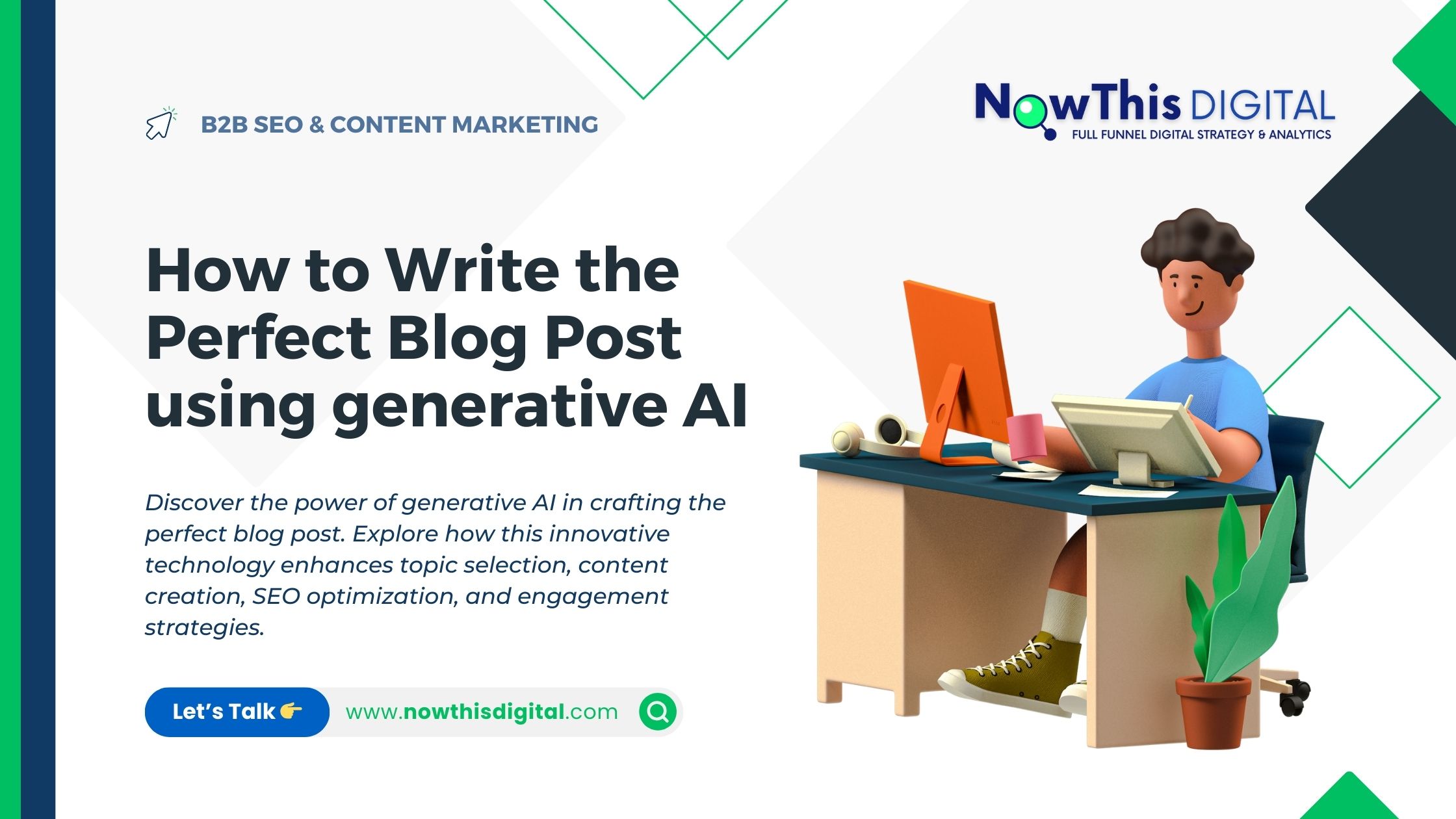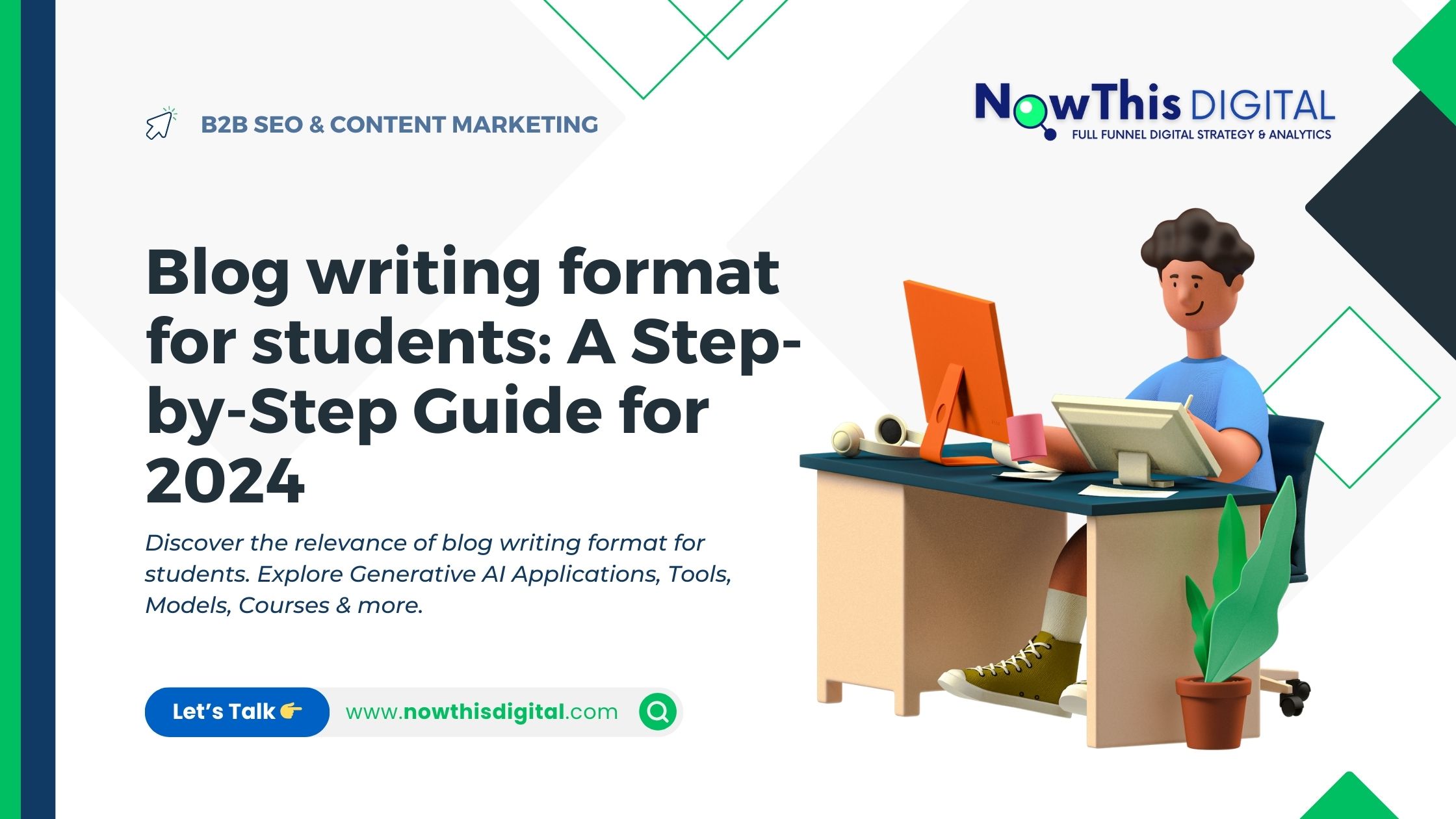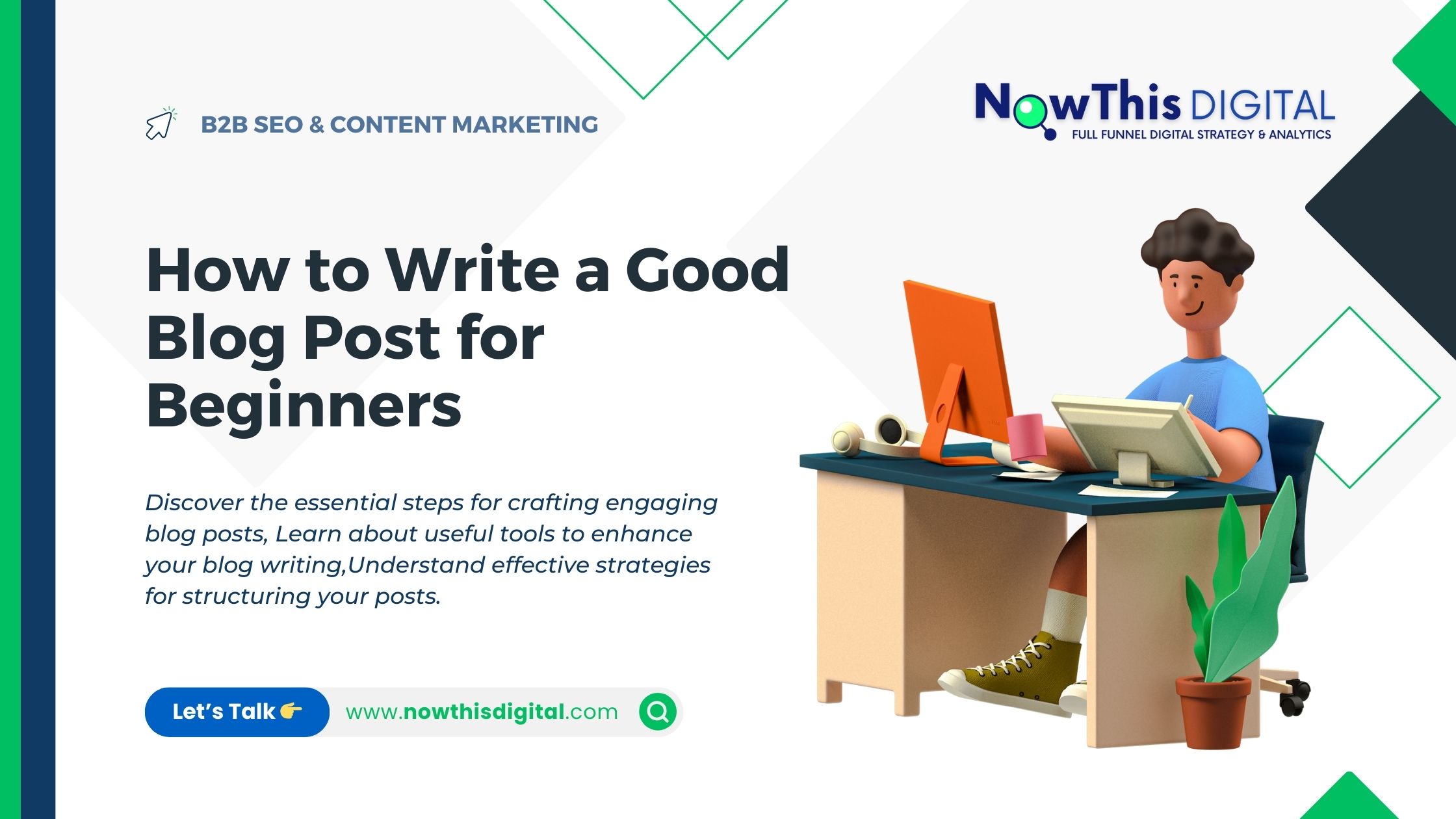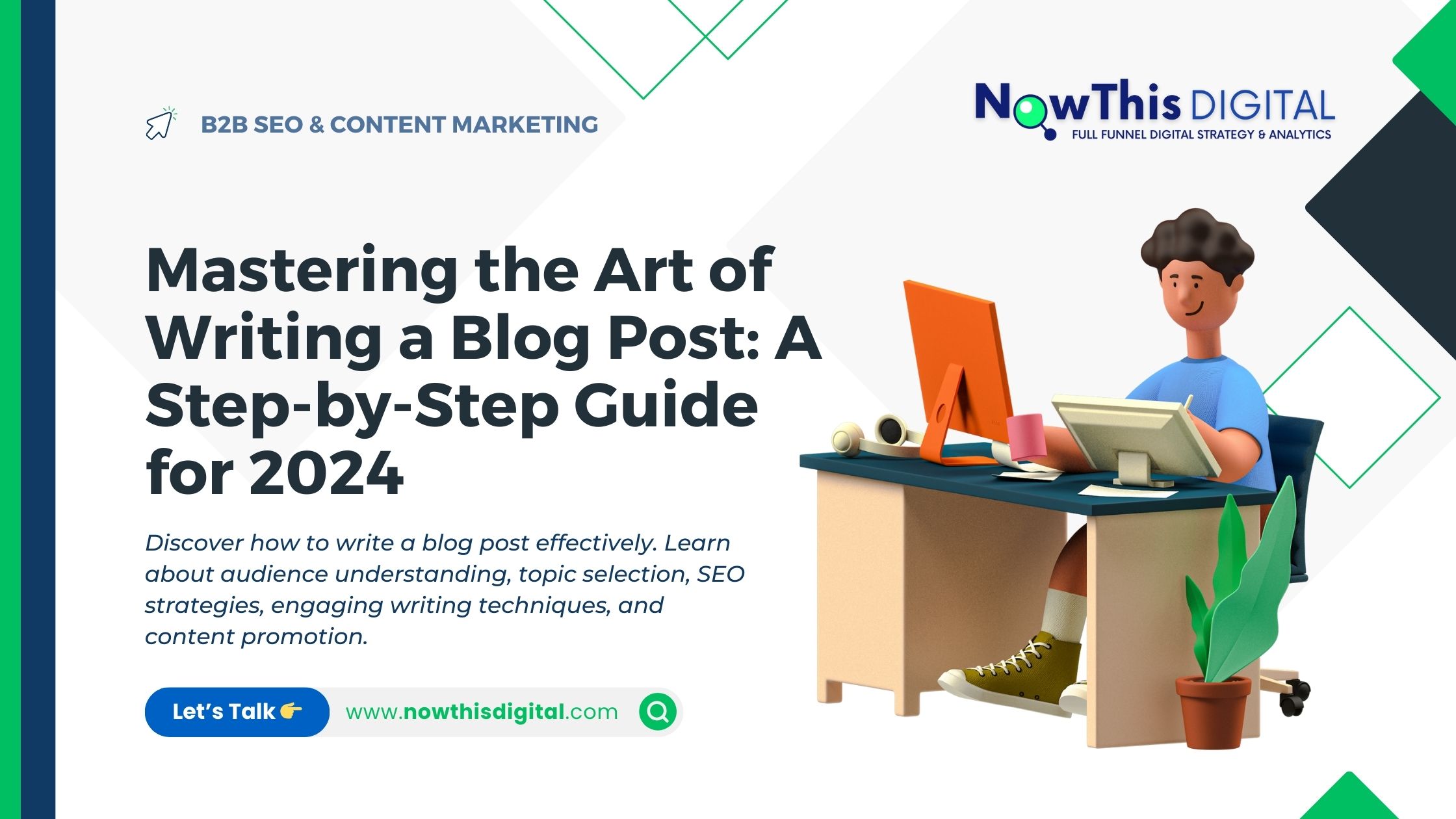SEO Content Optimization Checklist
Unlock the power of advanced SEO with our comprehensive content and website audit checklist. Learn expert strategies for optimising content quality, boosting site performance, and maximising user engagement with advanced SEO techniques, Core Web Vitals, and authority-building tips.
This comprehensive checklist will guide you through evaluating and optimising both your website content and the overall user experience (UX). Follow this step-by-step guide to ensure that your website is performing at its best, both in terms of delivering value to users and ranking well with search engines.
1. Content Optimisation: “Is My Content?”
Originality and Uniqueness
- Is my content beyond the obvious?
- Add unique insights, analysis, or perspective.
- Provide in-depth information not commonly available.
Plagiarism and Authenticity
- Is my content plagiarism-free?
- Use a plagiarism checker to ensure all content is original.
- Cite sources properly when using external data.
Production Quality
- Is my content well-produced?
- Check for proper grammar, spelling, and readability.
- Ensure consistency in writing style and tone across the article.
Content Enhancement
- Have I added extra data?
- Include at least one of the following:
- Images
- Videos
- Infographics
- Tables
- FAQs
- Templates
- Ensure multimedia elements are relevant and enhance the user’s understanding.
- Include at least one of the following:
Spelling and Style
- Is the spelling clean and style personal?
- Run spell checks and grammar tools.
- Tailor the writing style to match the brand’s voice and resonate with the target audience.
Shareability
- Is the content shareable?
- Does the content inspire engagement or discussion?
- Add easy-to-use social sharing buttons.
- Use compelling visuals to boost shareability.
AI-Generated Content Disclosure
- Was AI involved in content creation?
- If yes, disclose to readers that AI was used.
- Ensure AI-generated content adds value and isn’t merely filler.
- Verify AI content for factual accuracy and coherence.
Downloadable Content
- Is the content downloadable?
- Offer downloadable resources such as eBooks, white papers, or guides.
- Use Lead Magnets to collect user information in exchange for downloadable assets.
Industry Relevance
- Is the content relevant to my industry?
- Does the content reflect current industry trends?
- Does it address specific challenges, innovations, or regulations relevant to the target audience?
User Intent
- Does my content cover user intent?
- Ensure that the content answers common user questions.
- Address specific goals, needs, or problems users might have when searching for this content.
Practicality
- Is the content practical and actionable?
- Offer clear, actionable advice.
- Provide step-by-step instructions, tools, or resources users can apply immediately.
2. Website Usability: “Is My Website…?”
Website Browsability
- Is the website easy to browse?
- Is the website layout intuitive and easy to navigate?
- Are internal links clearly labelled and relevant?
- Ensure users can easily find related content.
Mobile Friendliness
- Is the website mobile-friendly?
- Test responsiveness on multiple devices (smartphones, tablets).
- Check mobile page speed and performance.
- Ensure all elements (buttons, forms, images) scale properly on mobile.
Page Load Speed
- Is the website fast?
- Use tools like Google PageSpeed Insights or GTMetrix to analyse speed.
- Optimise large images and minify CSS/JavaScript files.
- Aim for a loading time under 3 seconds.
User Experience (UX) Improvement
- Can the user experience be improved?
- Reduce friction in the user journey (e.g., fewer clicks to find key information).
- Ensure buttons, menus, and navigation are intuitive.
- Improve readability (e.g., font size, line spacing, contrast).
Core Web Vitals
- Are the website’s Core Web Vitals (CWV) optimised?
- Largest Contentful Paint (LCP): Measures load time for the largest element.
- First Input Delay (FID): Measures interactivity responsiveness.
- Cumulative Layout Shift (CLS): Ensures visual stability (e.g., no unexpected shifts).
Ad and Intrusion Management
- Does the website have minimal intrusions or ads?
- Avoid intrusive pop-ups or interstitials that cover content.
- Ensure ads do not slow down the website or obstruct user flow.
Data Consumption
- Does the website have low data consumption?
- Optimise for mobile users by compressing images and videos.
- Limit heavy scripts and elements that consume significant bandwidth.
- Enable lazy loading for images.
3. Back-End Website Improvements
Internal Linking
- Are internal links optimised?
- Ensure relevant content is interlinked to guide users to additional resources.
- Use keyword-rich anchor text where applicable.
- Avoid broken or outdated internal links.
Schema Markup
- Is Schema Markup implemented?
- Add schema for articles, reviews, FAQs, events, and products where applicable.
- Use tools like Google’s Structured Data Testing Tool to check your markup.
Anchor Links
- Are anchor links used for long-form content?
- Use anchor links for easy navigation, especially in long blog posts or pages.
- Place a Table of Contents at the top of lengthy pages for better UX.
4. Author and Business Authority
Author Credentials
- Is the author authoritative?
- Ensure authors have relevant qualifications or expertise.
- Showcase the author’s experience, including years in the industry, certifications, or major accomplishments.
- Is the author reachable?
- Provide contact details or social media links for the author.
- Encourage direct engagement with readers through comments or social platforms.
Business Transparency
- Is there a clear ‘About’ page?
- Include company mission, values, history, and team profiles.
- Ensure users can easily find the ‘About’ page from any part of the website.
Regular Content Updates
- Is content updated regularly?
- Regularly update older content to reflect current trends and data.
- Set up a content review schedule to refresh articles every 6-12 months.
Editorial Process
- Is there an editorial process in place?
- Define a content creation and review workflow, including:
- Research
- Drafting
- Editing and proofreading
- SEO optimisation
- Final approval
- Define a content creation and review workflow, including:
5. Backlinks and Reputation: Is My Content Worthy of Backlinks?
Awards and Recognition
- Has the business won any awards?
- Showcase awards or accolades prominently on the site.
- Participate in industry events to gain recognition.
Industry Event Participation
- Is the business actively involved in industry events?
- Attend or host webinars, conferences, and workshops.
- Share your business’s participation in events on social media and your website.
Sharing Knowledge
- Does the business share valuable knowledge?
- Publish blogs, case studies, whitepapers, or guides that showcase expertise.
- Offer free resources or tools to the community.
Testimonials and Case Studies
- Are there testimonials or case studies?
- Include customer testimonials to build trust.
- Write case studies on successful projects or client engagements.
News Material
- Is the business newsworthy?
- Get featured in industry publications or news outlets.
- Regularly update a “News” section to share company milestones or achievements.
6. Final Checks
Site Policies and Contact Information
- Does the website have necessary legal pages?
- Privacy Policy, Terms of Service, and Cookie Policy should be easily accessible.
- Is the contact information up-to-date?
- Ensure contact forms, emails, and phone numbers are accurate.
SEO Optimisation
- Are SEO best practices followed?
- Ensure proper use of title tags, meta descriptions, H1-H6 tags.
- Optimise images with alt text and relevant filenames.
- Ensure keyword usage is natural and not over-optimised.
Bonus: Got more time? Let’s dig deeper.
To take your content and website audit to an advanced level, we need to look beyond basic best practices and consider advanced techniques, parameters, and metrics that help maximise both SEO performance and user engagement. In this extended checklist, we’ll dive into deeper insights for creating a comprehensive digital audit framework.
1. Advanced Content Optimisation: “Is My Content?”
Originality and Depth
- Is my content beyond obvious and original?
- Use Latent Semantic Indexing (LSI) keywords to add depth and context around the main topic. Tools like LSIGraph and Google’s related searches can help find semantically related keywords.
- Content Gap Analysis: Use tools like Ahrefs or SEMrush to discover what your competitors are writing about that you are missing. Identify high-opportunity topics with lower competition.
- Ensure the content answers multiple layers of user questions, not just superficial ones. For instance, in addition to answering “What is SEO?” also cover advanced questions like “How does Google’s algorithm interpret keyword intent?” or “What are the future trends in SEO?”
Plagiarism and Content Cannibalisation
- Is the content both plagiarism-free and free from internal content cannibalisation?
- Use tools like Copyscape for plagiarism checks, and ensure internal pages are not competing for the same keywords. Conduct an internal SEO audit using Ahrefs or Screaming Frog to identify pages that target the same keywords and might cannibalise each other’s rankings.
- Consider merging or updating old, underperforming content to avoid spreading your SEO efforts thin across multiple low-quality pages.
Content Production Quality (Advanced Writing Techniques)
- Is my content well-produced using advanced writing techniques?
- Leverage storytelling techniques to make the content more engaging. Create a narrative that leads the user through a journey rather than just delivering information. For example, start with a problem, build up the urgency, and then provide the solution your product/service offers.
- Use the Skyscraper Technique: Find top-performing content in your niche, and create an even better version by expanding upon it, adding more data, updated research, and better media elements (infographics, interactive content).
Rich Media and Interactive Content
- Am I utilising advanced media formats?
- Go beyond static images and videos. Incorporate interactive elements such as quizzes, polls, and calculators. Interactive content significantly boosts user engagement and time-on-page metrics.
- Consider 3D models or AR content if applicable, as they can offer immersive experiences for industries like retail or real estate.
Spelling, Grammar, and Readability
- Is the content well-structured for different types of readers?
- Use tools like Hemingway and Grammarly to improve readability. Segment your content into digestible chunks, and use headings and subheadings for easy scanning.
- Ensure a Flesch-Kincaid score appropriate for your audience. Aim for a score that fits the literacy level of your readers—if it’s a technical audience, higher complexity is fine, but for a general audience, keep sentences simpler.
AI Content Considerations
- Is the AI-generated content high-quality and humanised?
- If using AI tools (like GPT for content generation), apply human editing to ensure the content doesn’t sound robotic. Add personal anecdotes, emotional language, and brand voice.
- Evaluate AI-generated content for coherence and factual accuracy. Tools like Content at Scale can help analyse whether AI-generated content meets human standards.
Advanced Shareability and Engagement Strategies
- Is the content shareable using advanced social triggers?
- Leverage emotional triggers such as curiosity, fear of missing out (FOMO), and urgency to make content more shareable.
- Incorporate social proof, such as quotes from influencers or user testimonials, to encourage engagement.
- Add click-to-tweet snippets to make it easy for users to share key takeaways or stats from your content.
Content as Lead Magnets
- Are advanced lead magnets in place?
- Create multi-tiered lead magnets (beginner, intermediate, advanced) for different audience segments. Examples include cheat sheets, multi-part courses, and gated video content.
- Use dynamic CTAs that change based on user behaviour (e.g., a different CTA for returning visitors).
Industry Expertise and Long-Form Content
- Is the content demonstrating deep industry expertise?
- Long-form content (>2000 words) generally performs better for SEO and engagement. Ensure your long-form content has original research, industry expert quotes, and high-level data that solidifies your expertise.
- Consider hub-and-spoke content models: A central “pillar” article (e.g., “The Ultimate Guide to Digital Marketing”) with smaller “spoke” articles branching out and linking back to the main guide (e.g., “Social Media Strategy for Beginners”).
2. Advanced Website Usability and Performance: “Is My Website?”
Mobile Optimisation: Advanced Insights
- Is the website using advanced mobile-first techniques?
- Implement progressive web apps (PWAs) for a faster, app-like experience.
- Optimise for AMP (Accelerated Mobile Pages) for faster mobile content delivery, especially for news or blog content.
- Use mobile-specific UX features like simplified forms and auto-complete for faster navigation on mobile devices.
Advanced Speed and Performance Techniques
- Is my site optimised for the fastest possible load times?
- Implement Content Delivery Networks (CDNs) to speed up content delivery globally.
- Use Lazy Loading to delay loading of non-critical images and elements until they’re in view.
- Minify critical rendering path by deferring non-essential JavaScript and CSS files.
- Use server-side rendering (SSR) or static site generators to reduce loading time for dynamic content-heavy sites.
Core Web Vitals (CWV) Advanced Techniques
- Is my site performing well in Core Web Vitals tests?
- Use tools like WebPageTest or Lighthouse to monitor and optimise Core Web Vitals (LCP, FID, CLS).
- Optimise font loading to avoid layout shifts (CLS).
- Use preload tags for critical resources like fonts, CSS, and the main content element to reduce LCP.
- Minimise main thread work to improve FID by reducing long tasks and JavaScript execution time.
Minimising Intrusions
- Have I optimised for minimal intrusions?
- Use exit-intent pop-ups rather than pop-ups that interrupt browsing.
- Ensure ads are compliant with Better Ads Standards to prevent Google penalties.
- Add deferred script loading for non-essential third-party scripts (ads, analytics, social widgets).
3. Advanced SEO and Back-End Optimisation
Internal Linking Strategy
- Is my internal linking optimised for both SEO and UX?
- Implement silo structures where content is grouped by theme/topic, and internal links reinforce the hierarchy.
- Use breadcrumbs for better navigational clarity and enhanced SEO.
- Optimise link distribution to avoid overcrowding with internal links while maintaining a logical path through the site.
Schema Markup: Advanced Usage
- Is advanced schema markup implemented?
- Beyond basic schemas (Article, FAQ), explore advanced markups like:
- Product schema with ratings and availability for eCommerce.
- Video schema to increase video content visibility in search results.
- Speakable schema for voice search optimisation, especially for how-to or informational content.
- LocalBusiness schema to enhance local SEO with features like address, phone number, and operating hours.
- Beyond basic schemas (Article, FAQ), explore advanced markups like:
Anchor Links and Content Hierarchy
- Are anchor links used optimally in long-form content?
- In long articles, use anchor links to section off content for specific user intents. Add a table of contents to improve UX.
- Ensure that internal anchor links not only help users navigate but also assist Google’s crawlers in understanding the structure and importance of content sections.
4. Advanced Authority Building and Backlink Strategy
Authoritative Content and E-A-T
- Is the content showcasing high levels of E-A-T (Expertise, Authoritativeness, Trustworthiness)?
- E-A-T is now a critical factor for SEO success, especially in YMYL (Your Money, Your Life) niches like finance and healthcare.
- Include author bios with credentials and links to published works, certifications, and industry memberships.
- Add citations and references to back up factual content with trusted sources (scientific studies, white papers).
Backlink Strategy: Advanced Techniques
- Am I using advanced backlink-building techniques?
- Broken Link Building: Use tools like Ahrefs or SEMrush to find broken links on authoritative sites and suggest your own content as a replacement.
- Guest Blogging at Scale: Secure high-quality guest posts on reputable sites in your industry. Ensure that the sites you choose are relevant and have high domain authority.
- HARO (Help a Reporter Out): Use this platform to gain backlinks by providing expert quotes for journalists’ articles.
- Monitor and reclaim any lost backlinks with tools like Majestic or Ahrefs to ensure your link profile remains healthy.
Advanced Link Profile Analysis
- Is my backlink profile diversified?
- Use tools to monitor the quality and diversity of backlinks, focusing on:
- A mix of dofollow and nofollow links.
- Links from varied domains (not just one or two high-volume sites).
- Links from content-relevant sites rather than just high-authority but unrelated ones.
- Regularly audit your backlinks for toxic links (spammy or irrelevant links) using tools like Ahrefs or Moz. Perform a disavow process if necessary.
- Use tools to monitor the quality and diversity of backlinks, focusing on:
5. Final Advanced Checks and Monitoring
Advanced SEO Checks
- Is my SEO strategy future-proof?
- Implement strategies to optimise for voice search. Write content in natural, conversational language to better match voice search queries.
- Focus on entity-based SEO rather than just keyword-based. Google is increasingly focused on identifying entities (people, organisations, topics) and the relationships between them.
- Regularly monitor rankings using tools like Rank Ranger and track changes based on Google algorithm updates.
Site Security and Privacy
- Is the site secure and compliant with current regulations?
- Regularly review SSL certificate validity and ensure all pages are served via HTTPS.
- Ensure GDPR and other data privacy laws are complied with. Add clear cookie consent banners and explain how user data is processed.
Regular Site Auditing
- Is the site being regularly audited?
- Perform monthly technical SEO audits using tools like Screaming Frog and DeepCrawl to catch any crawl issues, broken links, or missing metadata.
- Run heatmaps and session recordings using tools like Hotjar to see how users interact with the site and identify areas for UX improvement.
Remark on the SEO Content Optimization Checklist
In today’s digital landscape, ensuring your content and website are optimised for both search engines and user experience is paramount. This advanced checklist provides a comprehensive approach to conducting a meticulous audit of your content and website. By integrating techniques that focus on originality, advanced SEO strategies, and user engagement, businesses can not only enhance their visibility in search results but also foster a deeper connection with their audience.
As you work through this checklist, remember that the key to success lies in continuous improvement. The digital realm is always evolving, and staying ahead of the curve requires consistent monitoring and adaptation. Invest time in understanding your audience’s needs, leverage the power of analytics, and keep refining your strategies. This proactive approach will not only boost your authority in your niche but also create a more valuable experience for your users, ultimately leading to higher conversions and long-term success.
FAQs on the SEO Content Optimization Checklist
What is content optimisation?
Content optimisation refers to the process of enhancing your content to improve its visibility in search engines, engagement with users, and overall effectiveness in meeting business goals.
How can I check for plagiarism in my content?
Tools like Copyscape, Grammarly, and Turnitin can help you identify if any parts of your content are not original and need to be revised.
What is SEO and why is it important?
SEO, or Search Engine Optimisation, involves strategies that improve the visibility of your website in search engine results. It’s crucial because higher visibility can lead to increased traffic and conversions.
What are LSI keywords?
Latent Semantic Indexing (LSI) keywords are terms related to your primary keyword that help search engines understand the content context better.
How do I improve my website’s load speed?
To enhance load speed, consider using a Content Delivery Network (CDN), optimising images, minifying CSS and JavaScript files, and implementing lazy loading techniques.
What is Core Web Vitals?
Core Web Vitals are a set of metrics that measure the loading performance, interactivity, and visual stability of a page, helping to gauge user experience.
What are lead magnets?
Lead magnets are valuable resources offered in exchange for contact information, such as eBooks, webinars, or exclusive content, designed to generate leads and build your email list.
How can I create shareable content?
To create shareable content, incorporate engaging visuals, emotional triggers, and clear calls to action, while ensuring the content is informative and relevant to your audience.
What is schema markup?
Schema markup is structured data added to your website that helps search engines understand the content context, which can enhance search visibility through rich snippets.
What are backlinks, and why do they matter?
Backlinks are links from one website to another. They are crucial for SEO because they signal trust and authority to search engines, helping to improve your site’s ranking.
How often should I update my website content?
Regular updates are advisable—consider revisiting content at least every few months to ensure it remains relevant, accurate, and aligned with current trends.
What is the importance of mobile-friendliness?
With the majority of web traffic coming from mobile devices, having a mobile-friendly website ensures a better user experience, which can positively affect rankings and conversions.
What are some advanced SEO techniques?
Advanced techniques include optimising for voice search, implementing structured data, and focusing on entity-based SEO rather than just keyword-based strategies.
How can I measure the success of my SEO efforts?
Use analytics tools such as Google Analytics and SEMrush to track traffic, user behaviour, keyword rankings, and conversions to gauge your SEO effectiveness.
What is content cannibalisation?
Content cannibalisation occurs when multiple pages on your website target the same keywords, leading to competition among your own content in search rankings.
How can I build authority in my niche?
Building authority involves creating high-quality, valuable content, engaging with your audience on social media, and gaining backlinks from reputable sites in your industry.
What is user experience (UX) design?
UX design focuses on creating websites that provide a positive, efficient, and enjoyable experience for users, enhancing satisfaction and encouraging return visits.
How can I ensure my site is secure?
Use HTTPS, keep software up to date, implement strong passwords, and regularly monitor for vulnerabilities to ensure your site remains secure from threats.
What tools can I use for a content audit?
Tools such as SEMrush, Ahrefs, Moz, and Screaming Frog can help assess the quality, performance, and SEO compliance of your existing content.
How can I optimise for voice search?
To optimise for voice search, focus on natural language, answer common questions directly, and use structured data to help search engines better understand your content.

